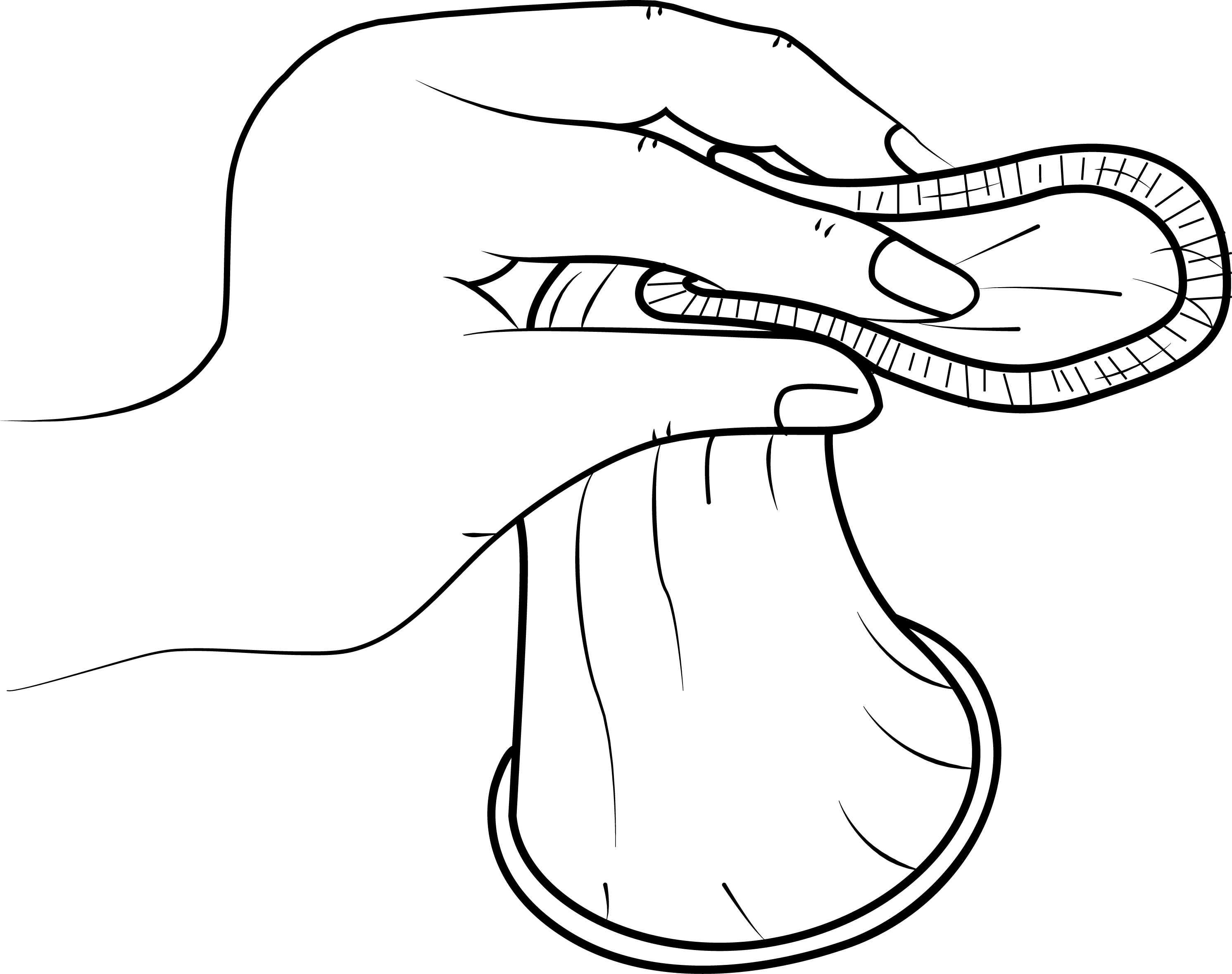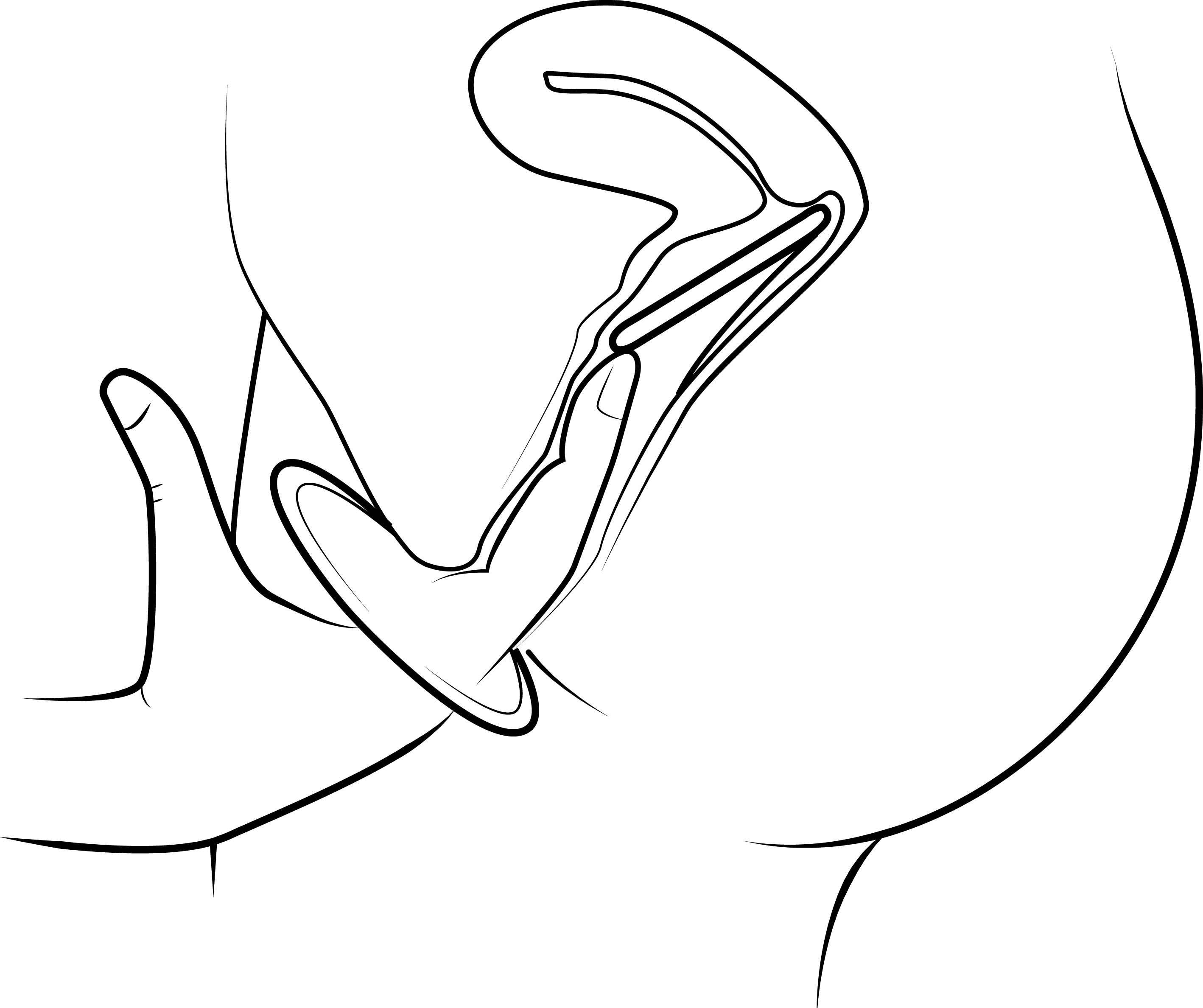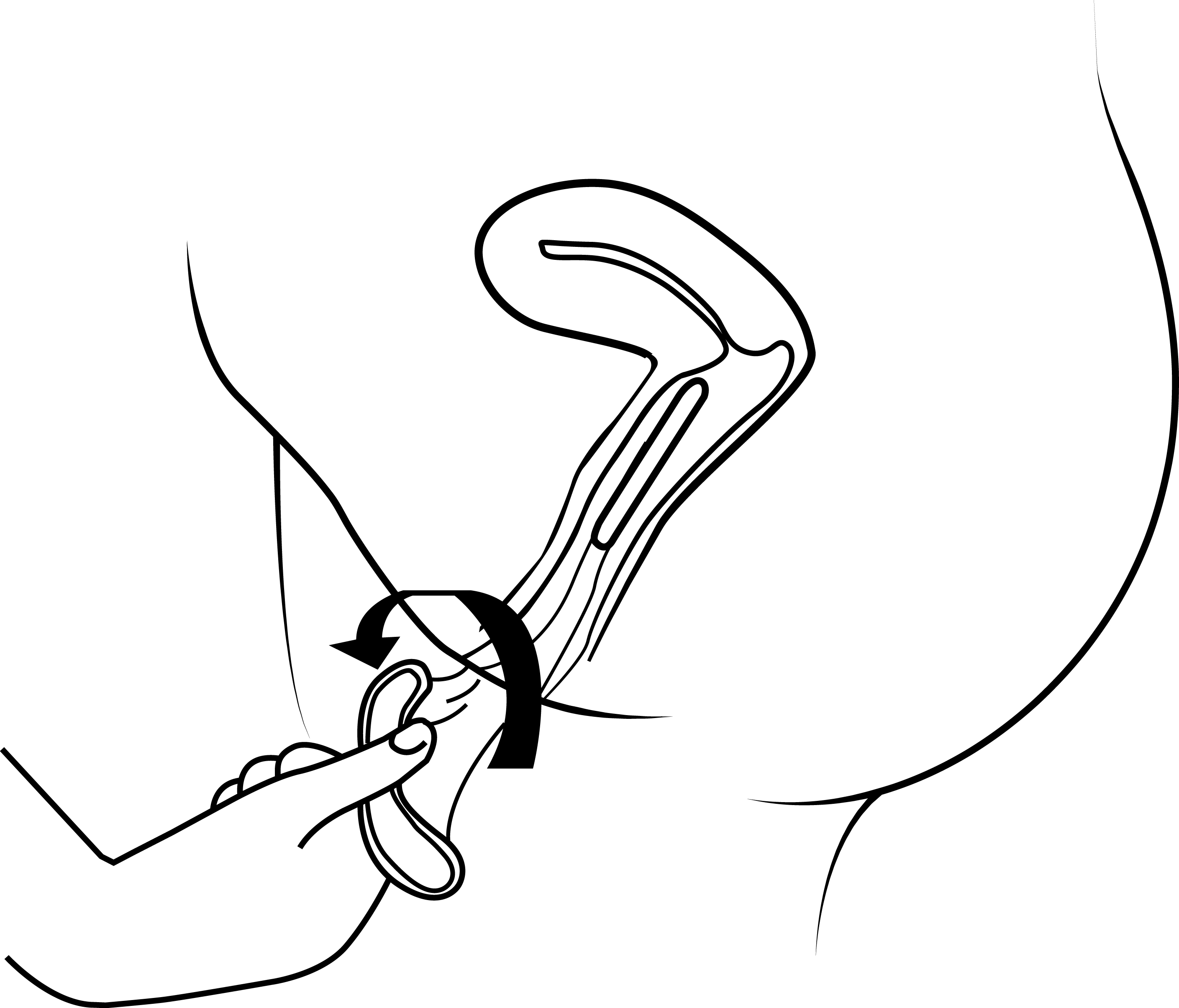The female condom
Used correctly, the female condom is an effective means of contraception and a good protection against HIV/AIDS and other sexually transmitted infections.
What is it?
It is a sheath made of supple synthetic material (Polyurethane). It is lubricated and has a ring at each end. The internal ring is loose inside the sheath.
How it works
Once in place, the sheath lines the wall of the vagina and prevents the sperm from entering the vagina and the uterus. Its positioning does not depend on an erection. It can be put in place earlier and after ejaculation the penis does not have to be retracted before the erection is finished.
- It may only be used once.
Some Advice
- Check the expiry date.
- Store it away from light, heat and pointed objects.
- It may not be re-used but it is possible to have sexual intercourse several times whilst it is in place.
For maximum efficiency, the condom must be put in place before penetration and each sexual intercourse. At the end of the erect penis is a small drop of lubricating fluid that may contain some sperm or infectious agents such as HIV/AIDS in a seropo- sitive person.

How to use it
1. Pinch the internal ring; slide it into the vagina as far as possible.
The larger external ring stays on the vulva.

2. During penetration, hold the external ring on the vulva to keep it in place.

3.To take it out, turn the external ring and pull it out gently.
Throw it away in the bin and not into the WC.
The female condom does not often tear, but if this does happen:
You may need emergency contraception. This should be taken as soon as possible but no later than 72 or 120 hours after unprotected sexual intercourse (depending on the type of emergency contraception used). See ‘emergency contraception’ for further information.
This may be obtained from:
- in Sexual Health and Family Planning Counselling Centers
- in chemists
- hospital emergency services
- at the gynaecologist’s or doctor’s.
To feel more at ease
Practice by yourself first. It will then be easier when there are two of you. Talk about it with your partner beforehand.
2015, SANTÉ SEXUELLE SUISSE, Fondation suisse pour la santé sexuelle et reproductive; ALECSS Association suisse latine des spécialistes en santé sexuelle, Éducation – Formation – Conseil; faseg, Fachverband sexuelle Gesundheit in Beratung und Bildung
Further information on the topic
- Non-hormonal methods of contraception
- The transdermal patch (skin patch)
- The diaphragm (or cap)
- The male condom
- Benzaltex Spermicide
- The coil (copper; or hormonal)
- Implant under the skin
- The quarterly injection
- Less reliable contraceptive methods
- Natural methods of birth control
- Sterilisation
- Male contraception
- The progesterone-only pill (mini-pill)
- The combined pill (oestrogen and progestogen) with a break
- Emergency contraception
- Vaginal ring
- The estrogen and progestogen pill taken without interruption
